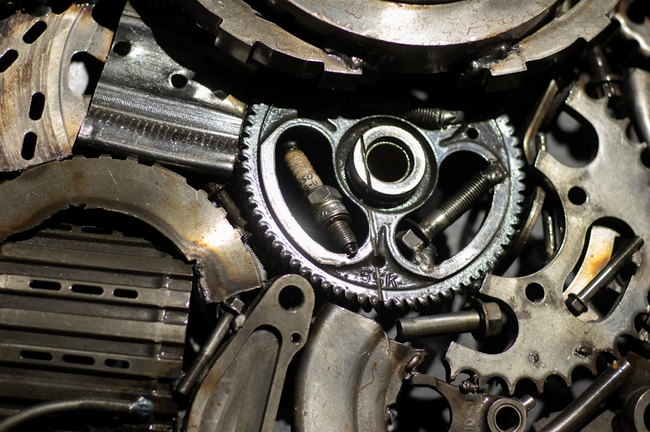How To Protect Your Car From Excessive Wear and Tear
Share
Share

Every car owner knows the twinge of pain when they see the first scratch on their beloved vehicle. Wear and tear on a vehicle is inevitable over time, but excessive damage can be a heavy blow to a car’s longevity and your wallet. Understanding the common causes and proactive prevention can keep your car running smoothly and looking fresh longer. In this article, we will delve into various strategies to protect your car from the detrimental effects of excessive wear and tear.
Car wear and tear refers to the gradual deterioration that occurs as part of normal vehicle use. This includes the wearing down of brake pads, the thinning of tire treads, and the fading or chipping of paint. Understanding the factors that contribute to wear and tear is crucial for any car owner. Factors can vary from environmental conditions, like salt on the roads in winter, to mechanical issues, such as misalignment.
The effects of wear and tear can range from aesthetic issues, like a dull exterior, to significant performance problems that can compromise your safety. For instance, worn tires can lead to reduced traction, and a worn brake system may increase your stopping distance. It is not just about making your car look good but ensuring it functions properly for as long as possible.
Not all types of car damage are considered wear and tear, and understanding this distinction is important when dealing with wear & tear and warranties. While mechanical failures might be covered under an extended warranty, the typical wear and tear from driving will not. Therefore, preventing excessive degradation is key to avoiding out-of-pocket costs for repairs.
When it comes to longevity, the details matter. This is especially true for the smaller, yet vital, components of your vehicle—parts and fluids. High-quality parts resist wear better, perform optimally, and last longer. With the market inundated with third-party options, it’s important to choose parts that match or exceed manufacturer specifications.
Among these crucial components, motor oil stands as the lifeblood of your engine. Opting for the recommended grade and changing it at prescribed intervals are fundamental to engine preservation. Similarly, transmission fluid, coolant, and brake fluid should be checked and replaced according to the vehicle’s servicing guidelines.
Your driving habits play a significant role in the rate of your car’s wear and tear. Aggressive driving, which is characterized by rapid acceleration, hard braking, and fast cornering—puts unnecessary stress on your vehicle. Smoother driving not only is safer but also helps preserve your car’s mechanical components.
Moreover, be mindful of the environment in which you drive. For instance, frequent short trips where the engine doesn’t warm up fully can accelerate wear, as oil doesn’t circulate as efficiently. Similarly, heavy stop-and-go traffic conditions are harder on the brakes and transmission. Whenever possible, planning routes with steady driving conditions can make a difference in the longevity of your car’s parts.
The exterior paint of your car is not just for looks—it’s also a protective layer that shields the body from corrosion. Regular washing and waxing helps to remove contaminants that could damage the paint and create rust points. Additionally, parking in the shade or using a car cover can shield your car from heat, keeping the paint vibrant and reducing the risk of the material deteriorating.
Interiors are equally susceptible to wear and tear, especially with exposure to sunlight and extreme temperatures. Using window deflectors to block sun rays and employing seat covers to shield the upholstery from spills, pets, or general damage can help preserve interior aesthetics and comfort.
Overall, protecting your car from excessive wear and tear is largely about common sense and diligence. Regular maintenance, using quality parts and fluids, smart driving habits, and preventive measures for external and internal protection can all work together to preserve the value and functionality of your vehicle. It’s a holistic approach that requires attention to detail and a commitment to responsible car ownership.
Leave a Reply